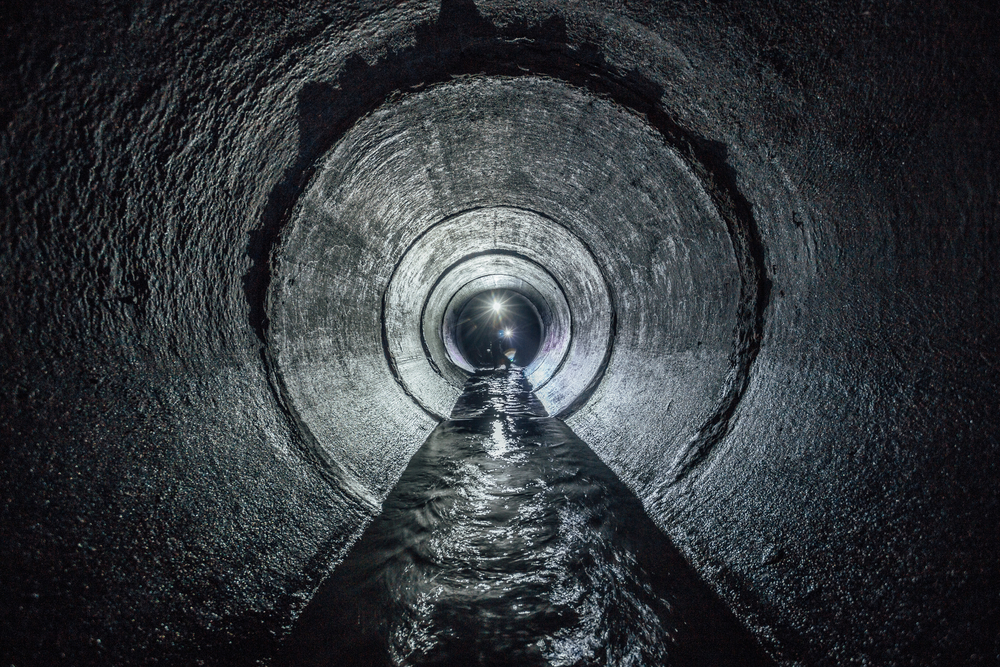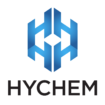Keeping corrosion at bay in the water industry

Water and wastewater infrastructure each have their own unique characteristics and requirements that need to be considered and adhered to when selecting a protective coating solution. Wastewater infrastructure is easily corroded from constant exposure to harsh chemicals and high levels of acidity, whereas water infrastructure is exposed to fewer chemicals but, as transport for a consumable, has strict material regulations. Here, we look at a one-coat solution suitable for protecting and rehabilitating water and wastewater assets.
Wastewater conditions
Wastewater infrastructure is consistently exposed to harsh elements such as salt, chlorine and acid. If left unprotected, over time the chemicals react with the concrete infrastructure, causing corrosion and risking the integrity of the asset. The leading cause of this corrosion is from hydrogen sulphide gas, or H2S.
H2S is an extremely hazardous gas that is produced upon the breakdown of organic matter. Large amounts of H2S in an enclosed space that is also exposed to water and oxygen, dissolves to form sulphuric acid, a highly corrosive substance that can cause major damage.
This process can corrode concrete at a rate of up to 10mm/year or more in extreme cases. This reduces the lifespan of assets such as sewer pipes from the expected 50-100 years to as little as 10 years.
Furthermore, wastewater infrastructure can also suffer from abrasion damage caused by waterborne silt, sand, gravel and other debris which over time leads to erosion.
Exposure to H2S and the potential for abrasion damage can cause assets to fail which requires costly replacement or rehabilitation.
Drinking water standards
The Australian standard for drinking water, AS4020, requires that any material that comes in contact with drinking water;
- does not impart odour or flavour of the water
- does not cause change in the appearance, colour or turbidity of the water
- blocks significant microbiological growth
- does not leach substances harmful to human health into the water
- does not leach toxic metals into the water
While water infrastructure doesn’t experience the same level of chemical exposure as that of wastewater infrastructure, concrete is still at risk of corrosion from chemicals such as chloride and sulphate which are found in water. There is also the risk of corrosion from cracking caused by alkali aggregate reaction or the freeze/thaw cycle.
For these reasons, water assets should be coated with a durable, AS4020 certified product such as Hychem TL5.
A single, all-round solution
TL5 has been successfully installed for over 20 years and is proven to withstand long-term exposure to H2S and sulphuric acid found in wastewater structures. It is also AS4020 potable water certified.
Colin Murphy, Product Manager for Hychem, said the true benefit of TL5 is that it is purposely designed for the water and wastewater industries.
“Not only can it prevent new assets from corrosion, it can also halt corrosion damage on an existing asset. This means water utilities can extend the life of their assets, and greatly reduce the chance of failure and the need to rebuild,” Mr Murphy said.
“TL5 has unparalleled abrasion resistance proven by over 25 years of service in high flow velocity environments and passes highly in the Taber abrasion test with a consistent minimum shore hardness of D80.”
TL5 provides further benefits for water utilities, as it is a one-coat solution designed to be fast curing, with assets able to return to service in as little as six to eight hours, reducing costly downtime.
“Water authorities can be assured that when they choose TL5 to coat their asset, they are choosing a product that meets rigorous standards and will last well into the future,” Mr Murphy said.
